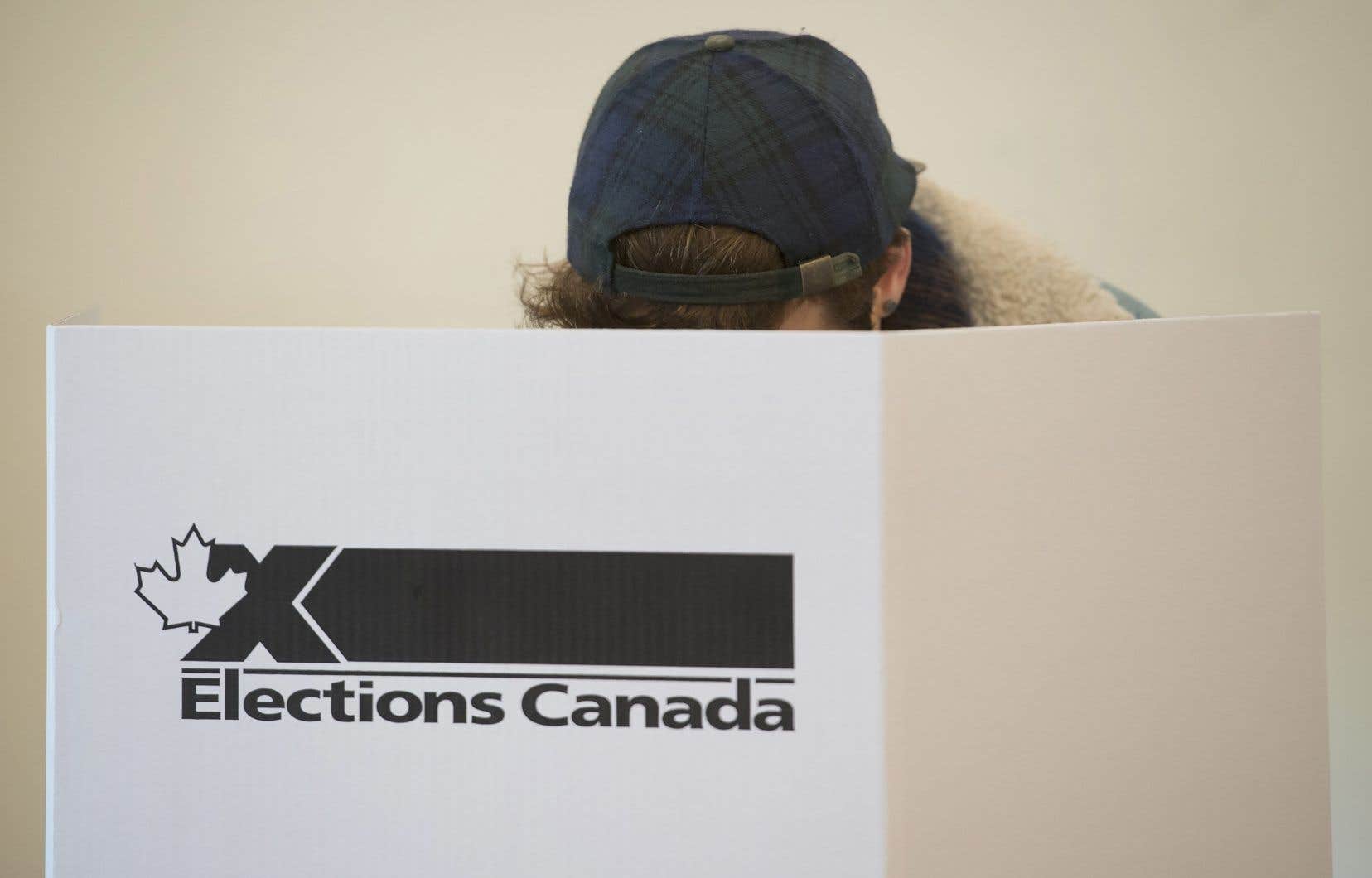Young Canadians have never been so much in the sights of the Trudeau government. More numerous than baby boomers in the country, millennials, now aged 28 to 44, are the electoral force to be seduced in view of the next elections. And the Liberal Party of Canada (PLC), still in poor position in the polls, is redoubling its efforts to win them over. In vain.
Ottawa makes no secret of it: the federal budget presented last week prided itself on advocating “intergenerational equity” — a “clear indicator” that the Liberals are trying to appeal to young voters, although they are not not the “easiest” electoral clientele, underlines political scientist Philippe Dubois, assistant professor at the National School of Public Administration (ENAP).
“We know that young people generally vote less than older voters. At the same time, today they represent a very significant demographic weight, which makes them essential,” he notes in an interview with Duty.
Millennials today make up 23% of the Canadian population, or approximately 9.3 million people. And the next generation, the “Z” (made up of people born between 1997 and 2012), ranks third in absolute number. And if their electoral participation habits make them less “payable”, all federal parties still have an interest in courting them, at a time when constituencies are sometimes won by few votes, adds the professor.
Of the ten races decided by the smallest margins in the 2021 federal election, seven were won by the Liberals. Liberal Brenda Shanahan, for example, won the riding of Châteauguay-Lacolle by barely 12 votes.
Same observation in ridings with a high concentration of young Canadians. Seven of the ten federal ridings with the highest proportion of residents aged 25 to 29 (according to Canada’s 2021 census data) are held by the Liberals. Ministers Marc Miller, Steven Guilbeault and Chrystia Freeland are among them.
A budget without effect?
Only problem: more than a week after the tabling of the budget to “give back a fair chance to each generation”, the polls still show no movement in the voting intentions of young Canadians. “The Liberals have completely lost their way with young people,” says poll analyst Philippe Fournier, founder of the 338Canada and Qc125 platforms.
The Conservative Party of Canada (PCC), led by Pierre Poilievre, still dominates in voting intentions — and this in all age groups. Several national surveys now give the Conservatives a 20-point lead. Quebec is the only region where they are not in the lead; They rank second, behind the Bloc Québécois.
Among Generation Z voters, the Liberals are even in third place, behind the New Democratic Party and the CPC, according to the Angus Reid Institute. The survey reveals that, although some budget measures have been appreciated, many Canadians say they are not convinced that they will improve their personal financial situation, the housing crisis or the general economy of the country.
These concerns are the same for young people, indicates Philippe Fournier. “They are more worried about the environment than the oldest, but also about inflation, housing, the cost of living… It’s not very different from other age groups. »
Even if he agrees that it is still early to measure the effects of the budget, the impressions left by Liberal Prime Minister Justin Trudeau are “horrible”. “People don’t listen anymore,” he sums up.
New strategies
The argument of intergenerational equity was not the only tactic adopted by the PLC to make its budgetary measures known to young people. For the second year, the Ministry of Finance invited a cohort of seven content creators to the budget closed session, traditionally reserved for journalists and experts.
Gabrielle Gauthier-Veillette, “tiktoker” and collaborator at Noovo Info, was one of the only two Quebec creators invited to Ottawa this year. The 28-year-old financial security advisor, who has nearly 30,000 subscribers on TikTok, took the road to Trois-Rivières to be one of the first to discover the budget — and prepare a short summary on her social networks.
“Young people don’t have the impression that politicians represent their values,” she says on the phone. ” I think that [notre présence] is a great way to inform them, to make politics more accessible and more interesting.”
His subscribers were quick to react to the various budgetary measures presented on his TikTok page. The tax inclusion rate going from 50% to 66.67% for capital gains over $250,000 was not popular. “With the current cost of living, many young people are getting into real estate or investing early in their lives. It’s a measure that will eventually affect them, when they want to sell their real estate or their investments,” she illustrates.
The Ministry of Finance specifies that it did not pay the seven content creators invited to Ottawa. However, its communications team allowed them to view the budget in a private room, as well as meet personally with Finance Minister Chrystia Freeland and other ministers during a photo opportunity.
For ENAP professor Philippe Dubois, this use of online personalities is completely in tune with the times. “It can be a promising strategy, because they will reformulate, redeploy the official government discourse in a language and a format that appeals to their community,” he underlines.
Last November, the Prime Minister’s team called on the services of an image and marketing specialist, Max Valiquette, recognized for his expertise with young millennials and generation Z. The latter notably co-founded a consulting firm in marketing and communications focused on youth.
